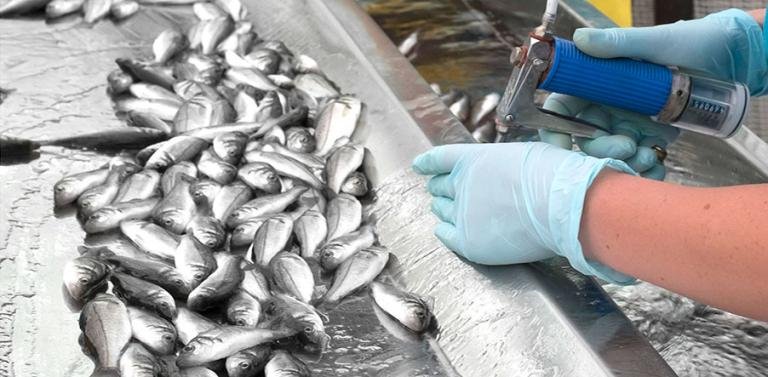ICAR-DCFR secures patent for rapid detection of deadly fish pathogen -Lactococcus garvieae
The newly patented technology offers a game-changing solution by enabling the rapid visual detection of L. garvieae within just 40 minutes.
In a significant stride towards combating the devastating impact of Lactococcus garvieae, ICAR- Directorate of Coldwater Fisheries Research, Bhimtal clinched its patent for a pioneering diagnostic solution. The patented technology, titled ‘Composition, Protocol, and Diagnostic Kit for Identification of Bacterial Pathogen Lactococcus garvieae’ was led by Dr Neetu Shahi, Senior Scientist, and the team of ICAR-DCFR, Bhimtal.
Dr Pramod Kumar Pandey, Director, ICAR-DCFR, Bhimtal, emphasised the urgent need for such innovative detection methods to safeguard global aquaculture industries from the burgeoning threat posed by this pathogen.
L. garvieae, recognised globally as a formidable threat to marine and freshwater aquaculture, has inflicted colossal economic losses running into millions of dollars. This bacterium, initially identified in the 1980s from bovine mastitis samples in the United Kingdom, wreaks havoc by causing hemorrhagic septicemia and meningoencephalitis in over 60 fish species. With crop losses ranging from 20 to 60% upon infection detection, the impact on fish production is staggering. Moreover, surviving fish become asymptomatic carriers, further perpetuating the spread of the disease. The outbreak of “Warm Water Lactococcosis”, ascribed to L. garvieae, intensifies during warmer months, posing a dire threat to rainbow trout farming. Compounding the challenge are factors such as climate change, antibiotic resistance, and the lack of rapid diagnostic tools. Traditional identification methods are time-consuming and often prone to misidentification, exacerbating the spread of the pathogen.
The newly patented technology offers a game-changing solution by enabling the rapid visual detection of L. garvieae within just 40 minutes. Leveraging specific concentrations and compositions of oligonucleotides, the diagnostic kit facilitates swift, accurate, and cost-effective detection by discerning color changes in the reactants.
This is the second patent granted to the directorate under the leadership of the present director.
The newly patented technology offers a game-changing

